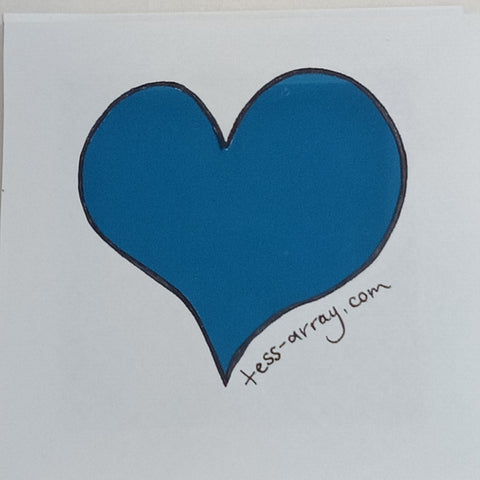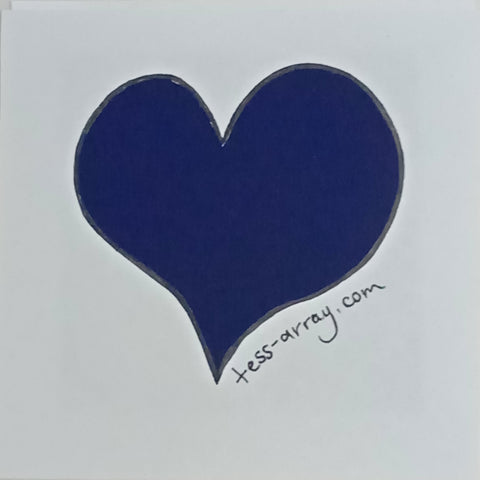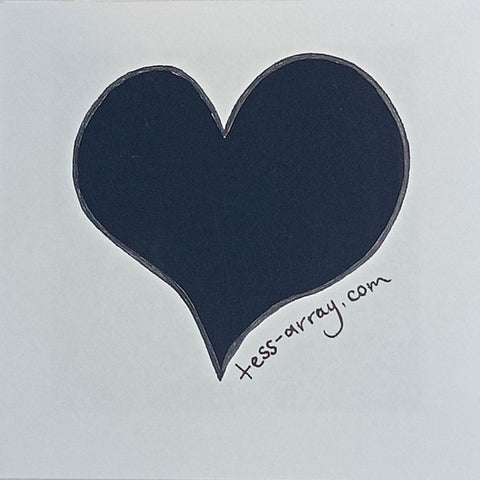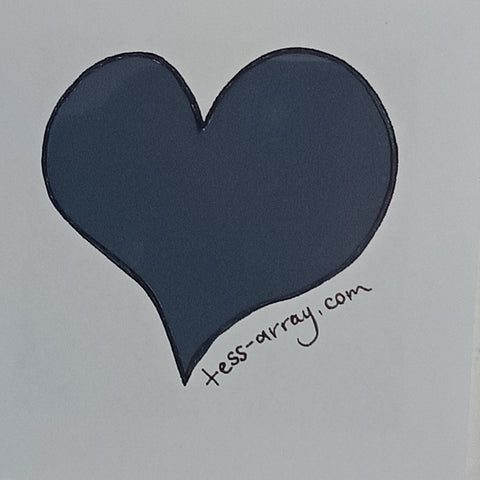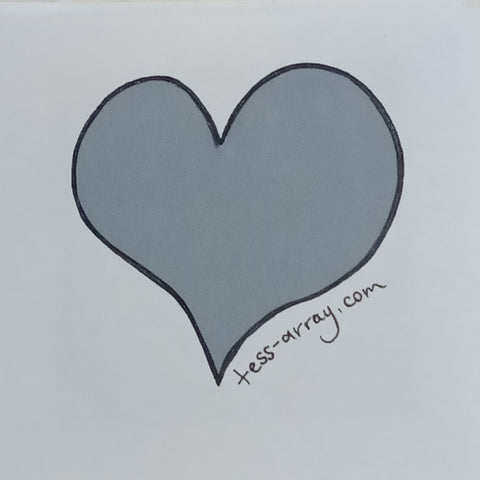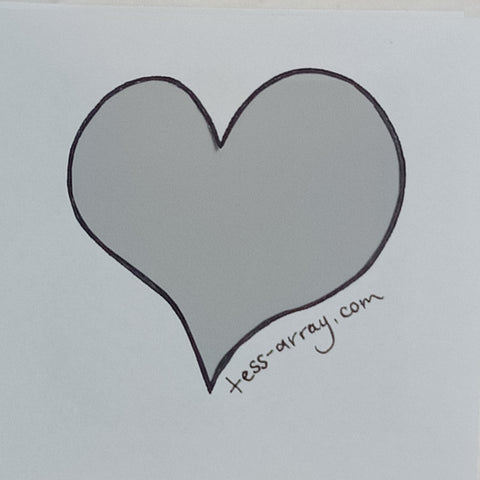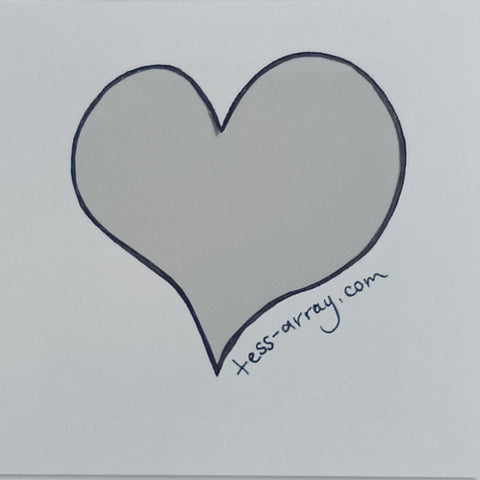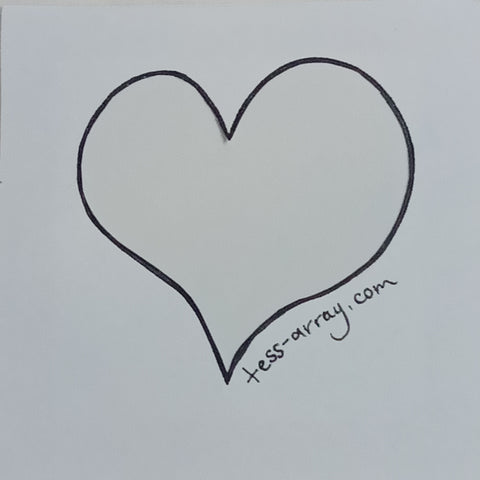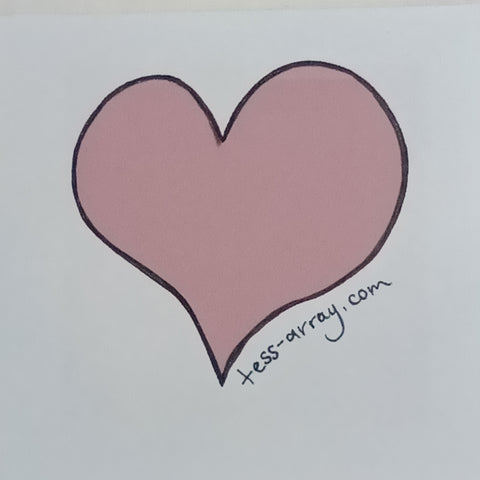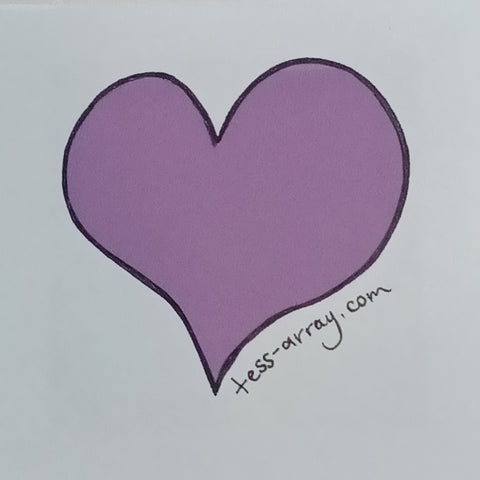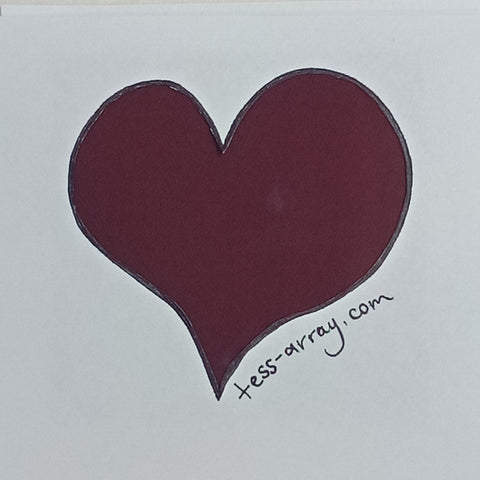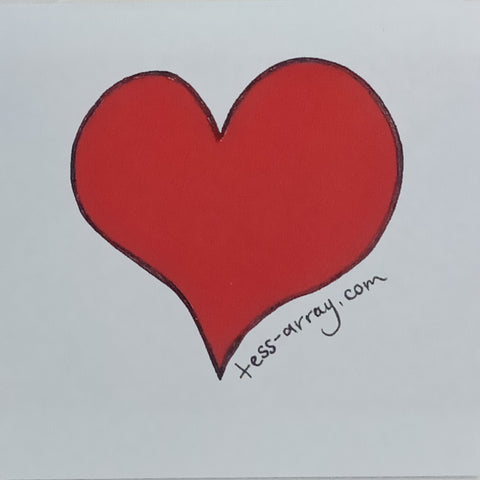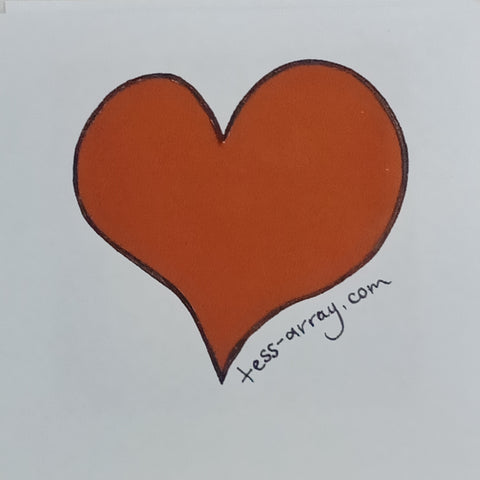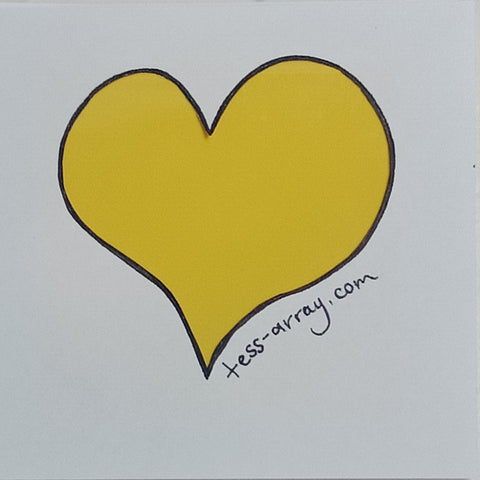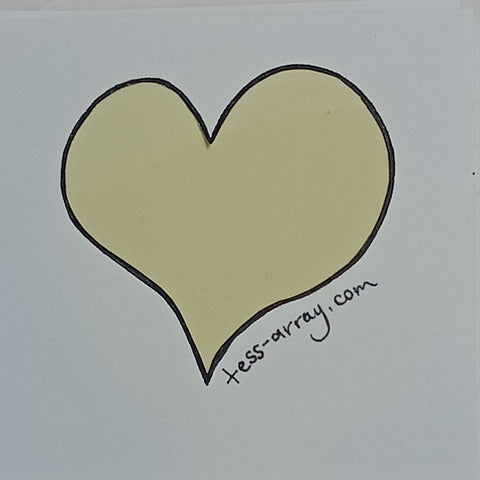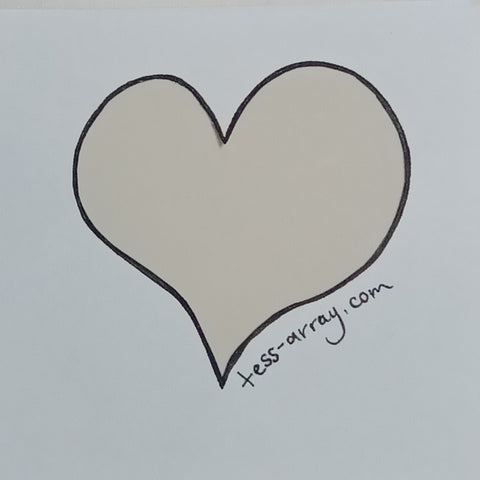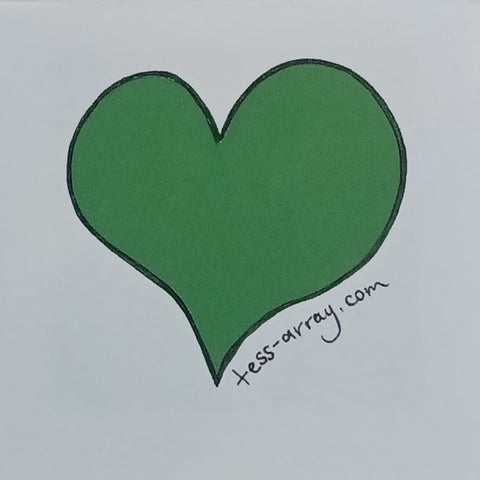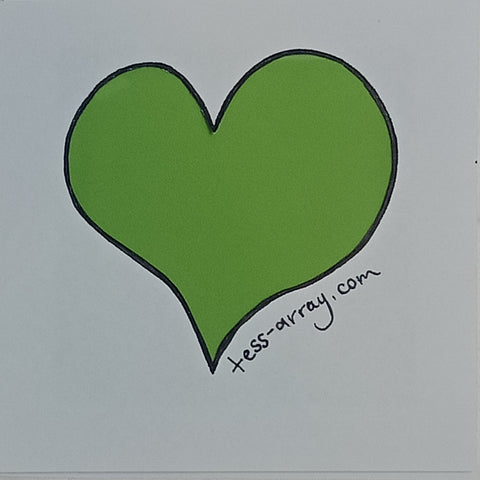Ceramic
I see hearts everywhere Ceramic tiles Available.
Sorry NO stock available of 97x97mm ceramic at this time.
97mmx 97mmx 5mm thick Ceramic Gloss tile in 29 deeelicious colours. These tiles are wall tiles, but are high fired like Porcelain and suitable for use indoors AND outdoors. These tiles are hard, and supposed to be.
If you don't like cutting hard tile then they are not for you. There is no point using soft wall tile outside, as you will learn the hard way that it crazes, and cracks and the mosaic will fail. This won't happen overnight, but it will happen....
You either are a lover of the way ceramic looks or you aren't. I've seen lots of discussions online about hard tiles. Sorry people, but hard tiles IS what you want for durability outside If you are going to make mosaics, you should learn to use materials that are suitable for what you are making. Anything less is a waste of your resources, your time and effort, and products. Additionally if you plan on selling your work or giving it away to friends, it would be best if it doesn't fall apart in a few years.
With mosaics, keep it simple, stick to the basic rules of correct substrate, correct adhesive for the site the mosaic will live.
Use cement based adhesive and grout for these ceramic tiles.
Seal your mosaic or sculpture before placing outdoors. You must seal grout.
Cut these tiles into strips or quarters with a hand sliding tile cutter. You can get one of these from Bunnings or any tile store. The cutter scores and then you position the snapper across the cut and snap the tile along the score. Ask for a demo when you buy it. They are easy to use. Alternatively, you can smash the tile with a hammer if you are wanting a random small shape.
Once you have cut the tile into manageable pieces, you can use the Compound Nippers to cut or shape the tile. Put a small amount of tile in the nipper, and do just that, nip nip nip to get your shape.
When doing any cutting, you should cut for a time, and then rest your hand.
When using Compound Nippers, or any other hand tool for that matter, never fully open/extend your hand, stretching it out to pick up both handles of the nippers. This over-extending of your hand is setting you up for issues. I learned this the hard way when I had my own Garden Design and Maintenance business. Picking up secateurs by both handles hurts when you do it repeatedly. I decided to pick up one handle and push the secateurs against my body so I could reach the second handle easily. The pain in my hands ceased, and I used to use my secateurs for approx 5 hours a day when pruning.
The best way to handle hand tools- and I mean any two handled hand tool- is to pick them up by one handle, and push the cutter against your body, I usually do it on my thigh if I am sitting and my hip area if I am standing. Pushing the cutter against your body, closes the width of the gap between the handles to a more natural and comfortable hand width, and you can hold it easily.
If you are picking up your tool and putting it down many many times, you will do your hands a favour if you pick up the tool in the most favourable manner for hand health. Repeated over stretching of your hand and fingers can cause RSI injuries.
Pick the tool up by one handle. Believe me it makes all the difference and once a habit, it is one that serves you well.

